What Homeowners Should Know About Residential Spray Foam Insulation
It might not be your furnace or A/C at all. In a lot of homes, the problem’s literally in the walls. Gaps, leaks, poor air sealing, or outdated insulation let energy—and money—drift out faster than you can say “utility bill.” That’s where spray foam insulation steps in, quietly sealing those leaks and giving your HVAC system a break.
Whether you’re renovating or just sick of feeling drafts in a house you pay to heat or cool, knowing how spray foam insulation works can save you real money and hassle. Let’s break it down, no fluff—just what you need to know.
How Spray Foam Insulation Works in a Residential Setting
Residential spray foam insulation services doesn’t work like traditional insulation, and that’s the point. It’s not just about stuffing something into the wall—it’s about sealing it off completely.
Closed-Cell vs. Open-Cell: What’s the Difference?
Closed-cell spray foam is denser and forms a rigid barrier. It’s great for keeping moisture out and reinforcing structural integrity. Open-cell spray foam is lighter, expands more, and excels at sound dampening. It’s ideal for interior walls or attic rafters where breathability matters more than water resistance.
Air Sealing and Thermal Envelope
Spray foam expands on contact, filling every crack and gap. This airtight seal minimizes drafts and heat transfer. The result? A more consistent indoor temperature with less HVAC cycling—and that translates to lower monthly bills.
Moisture Control and Mold Resistance
Closed-cell foam creates a moisture barrier, reducing the risk of mold buildup in humid areas. That’s a big deal in crawl spaces, basements, and coastal homes.
Fun Fact: Open-cell spray foam can expand up to 100 times its original size, helping it seal hard-to-reach cavities with minimal material waste.
Common Application Areas in Residential Homes
Spray foam isn’t a one-size-fits-all solution—but it’s flexible enough to cover a wide range of problem areas.
Attics: The Primary Heat Escape Route
- The attic is a major source of energy loss in most homes.
- Spray foam insulation prevents heated or cooled air from escaping through the roof.
- Applying foam under the roof deck helps stabilize interior temperatures and reduce HVAC strain.
Exterior Walls: Boosting Year-Round Comfort
- Older homes often have minimal or outdated wall insulation.
- Foam can be injected directly into wall cavities, improving thermal resistance.
- Better insulation in walls means fewer drafts and more balanced room temperatures.
Crawl Spaces and Rim Joists: Often Overlooked, Always Important
These areas are breeding grounds for cold floors, mildew, and drafts. Foam insulation provides both air sealing and moisture protection.
Installation Process and What to Expect
Spray foam insulation takes planning. It’s not something you knock out in an afternoon with a caulking gun.
Prep and Access: Clear the Area
Depending on the application (new build or retrofit), walls may need to be opened or attic floors cleared for access. Insulation removal may be necessary in retrofits.
Application Time and Curing
Installation itself is fast—often less than a day for most homes. But the foam needs time to cure, and some areas might be off-limits during that period.
Ventilation and Safety Considerations
During installation, the area should be ventilated. Once cured, spray foam is inert and safe—but don’t hang around while it’s going in.
Energy Efficiency and Real-World Impact
Spray foam isn’t just insulation—it’s a full-on energy strategy. It affects heating, cooling, humidity control, and even indoor air quality.
Long-Term Utility Savings
Tighter seals mean your HVAC doesn’t have to work overtime. Many homeowners see a 15–25% reduction in heating and cooling costs.
Seasonal Comfort Improvements
No more cold floors in winter or sweating through summer nights. Spray foam creates a consistent indoor climate across all rooms.
Comparison Table: Insulation Type vs. Performance Factors
| Insulation Type | Air Sealing | Moisture Barrier | R-Value per Inch |
|---|---|---|---|
| Batt Fiberglass | Low | None | 2.9 – 3.8 |
| Cellulose | Moderate | None | 3.2 – 3.8 |
| Open-Cell Foam | High | Low | 3.6 – 3.9 |
| Closed-Cell Foam | Very High | High | 6.5 – 7.0 |
Fun Fact: Homes sealed with spray foam often qualify for local or federal energy rebates depending on region and program availability.
Signs Your Home May Benefit from Spray Foam
Not every home screams “insulate me,” but some signs are hard to ignore.
High Utility Bills with No Clear Cause
If your energy bills keep climbing but you haven’t touched the thermostat or upgraded appliances, insulation gaps may be to blame.
Drafts and Uneven Room Temperatures
When one room is freezing and another feels like a sauna, poor insulation is a prime suspect.
Moisture or Mold in Crawl Spaces or Basements
Foam helps seal out moisture, which reduces the chance of mold or mildew buildup in problem areas.
Common Misconceptions About Spray Foam
There’s a lot of noise out there. Here’s what actually holds up.
It’s Too Expensive
Foam costs more upfront, but the return on energy savings usually offsets it within a few years. You’re paying for long-term performance, not just material.
It’s Only for New Construction
Retrofits are common. Technicians can inject foam into existing walls or attics with minimal disruption.
It Traps Moisture
Closed-cell foam blocks moisture. Open-cell foam allows limited vapor movement—but neither creates a mold trap when installed correctly.
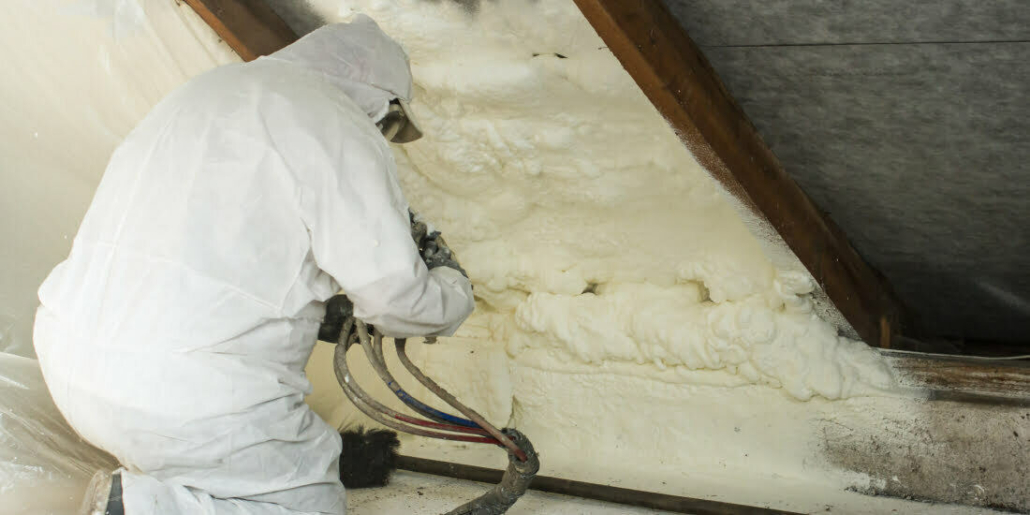
Conclusion
Professional spray foam insulation services might seem like one of those behind-the-scenes upgrades—but it’s one of the most impactful choices you can make for your home. It seals, insulates, and helps control moisture all in one shot. You’ll notice the difference the next time your energy bill arrives or when every room in your house finally feels like it belongs to the same building.
Whether you’re dealing with an older home that’s bleeding energy or building something new and want it done right the first time, understanding how spray foam works gives you leverage. No fluff, no gimmicks—just solid performance and better comfort.
FAQs
Can spray foam be applied to existing homes without tearing down walls? Yes. Spray foam can be injected into wall cavities or applied in attics and crawl spaces with minimal disruption. No full demolition needed.
Is spray foam safe after it’s installed? Once cured, spray foam is completely inert and safe. The only time ventilation is needed is during the initial application process.
How long does spray foam insulation last? Spray foam has a long lifespan—often over 30 years—without sagging, settling, or needing replacement like traditional insulation.
Does spray foam increase my home’s value? It can. Improved energy performance and indoor comfort are selling points, and buyers often appreciate lower utility costs.
What areas of my home should I prioritize for spray foam? Start with attics, exterior walls, and crawl spaces. These zones often produce the biggest improvements in comfort and energy efficiency.
Reviewer: Michael Carter reviewed this article using insight gained over 12 years in the spray foam business. His feedback focused on helping contractors reach new customers without overcomplicating their message.

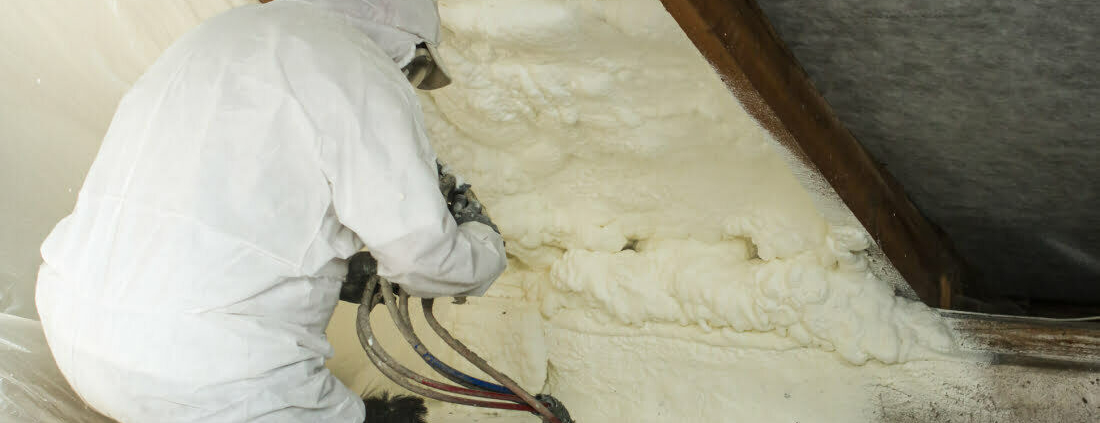
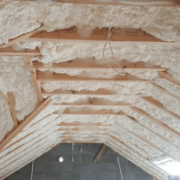

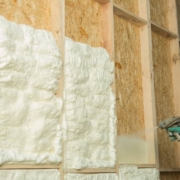

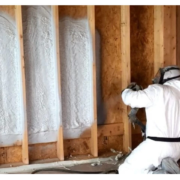




Leave a Reply
Want to join the discussion?Feel free to contribute!